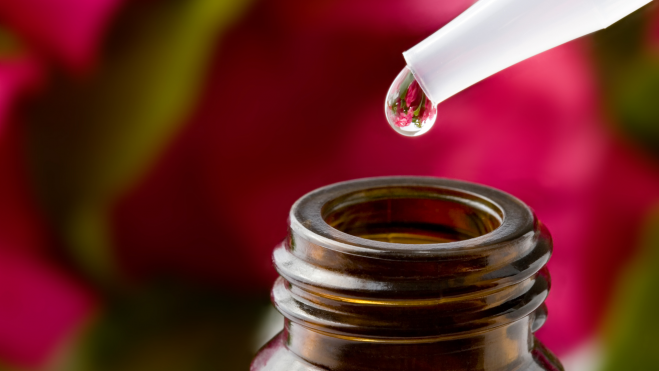On 26 July 2023, the European Commission issued Regulation (EU) 2023/1545, which amends Regulation (EC) No 1223/2009 on Cosmetic Products with regard to the labelling of fragrance allergens. This amendment represents a significant step in the protection of consumers against possible allergic reactions caused by cosmetic products.
The main objective of this update, as argued by the European regulatory bodies, is none other than to increase transparency and information for consumers on the presence of allergens in cosmetic products containing fragrances. Allergens are substances that can cause allergic reactions in certain people, and their presence in cosmetic products can have negative consequences for the health of sensitive users.
Regulation (EU) 2023/1545 requires manufacturers of cosmetic products to include a list of 80 specific allergens in the labelling of products containing fragrances. These allergens have previously been identified as the ones most commonly associated with allergic reactions, although it is worth remembering that allergies and their reactions depend little on substances, but rather on people. By providing this detailed list on the labelling, consumers will have access to comprehensive information on the components of cosmetic products that may be problematic for them.
In addition, the Regulation imposes an obligation on cosmetic manufacturers to highlight on the labelling those fragrance allergens present in a concentration exceeding the specific levels set. This will allow consumers to easily identify those products containing high concentrations of allergens and to make informed choices about their use.
Entities like the AEFAA already advise to his associated in this new way. The Regulation incorporates now 56 new alérgenos include 30 substances (menthol, terpineol, anetol, benzaldehído and vainillina, among others), as well as 27 natural substances complex (jasmine, lavender, lemon, cananga, mint and cinnamon, for quoting only some examples). These 56 substances will have to be specified when they surpass the thresholds established by the European authorities.
AEFAA has also explained how this process will be spread over time and what the key dates are: in 2026, a 3-year transition period will begin to introduce new creations into the market. In this period of time, companies will be able to redesign and adapt labels. In 2028, there will be 5 years for the withdrawal of products that do not have compliant labels on the shelf. However, the entry into force of the new regulation will become official only 20 days after its publication in the Official Journal of the European Union (OJEU), specifically on 14 August 2023.
